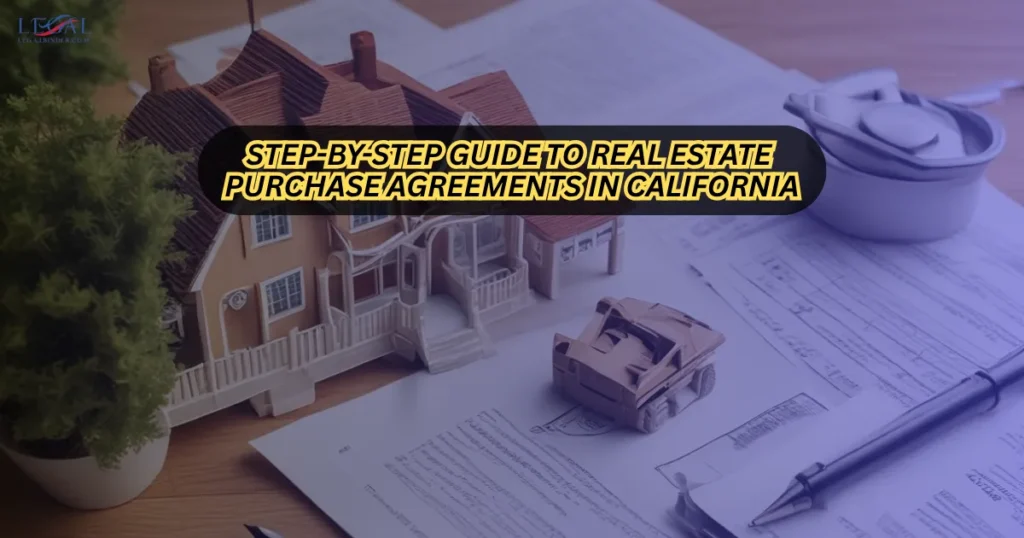Physical Address
304 North Cardinal St.
Dorchester Center, MA 02124
Physical Address
304 North Cardinal St.
Dorchester Center, MA 02124

Real Estate Purchase Agreements in California is more than just a set of legal terms—it’s your roadmap to one of the biggest financial transactions of your life. Whether you’re buying your first home, investing in property, or selling your family house, the purchase agreement will dictate how smoothly, quickly, and fairly the deal happens.

Imagine this: After months of searching, you finally find the perfect California property. Your heart races as you picture the keys in your hand. But then, a confusing clause in the purchase agreement delays your escrow by weeks—or worse, costs you thousands in unexpected repairs or fees. That moment is when you realize that knowledge, not just excitement, is your strongest ally in real estate.
In this comprehensive, step-by-step guide, you’ll discover what a real estate purchase agreement in California is, why it matters, and how to navigate every phase—from initial offer to closing—without costly mistakes.
For more California property law insights, visit our homepage.
A real estate purchase agreement is a legally binding contract between a buyer and a seller that details the terms of a property sale. In California, these agreements must meet specific legal requirements and often follow the framework of standard forms provided by organizations like the California Association of Realtors (CAR).
Key government resources:

Common contingencies include:
California requires the seller to disclose:
Both parties may adjust price, contingencies, and timelines before final acceptance.
Hire licensed inspectors to review the property’s structure, systems, and safety.
Lender reviews appraisal and your financial documents before releasing funds.

Is a verbal real estate agreement enforceable in California?No. Real estate contracts must be in writing to be enforceable under the Statute of Frauds.Can I back out after signing a California purchase agreement?Yes, but only under valid contingencies or with mutual agreement; otherwise, you risk losing your earnest money.How long does escrow take in California?Typically 30–45 days, but it can vary based on contingencies and financing.Who pays closing costs in California?It’s negotiable, but traditionally the buyer pays lender fees and the seller covers transfer taxes and title insurance.
Following this guide to real estate purchase agreements in California gives you the clarity and confidence to navigate one of life’s most significant transactions. By understanding each step, asking the right questions, and working with trusted professionals, you protect your interests and set yourself up for a successful closing.
Your purchase agreement isn’t just paperwork—it’s your gateway to owning that California dream property. Take the time to read, understand, and negotiate every clause with care.
For more in-depth property law tips and templates, visit our home page.